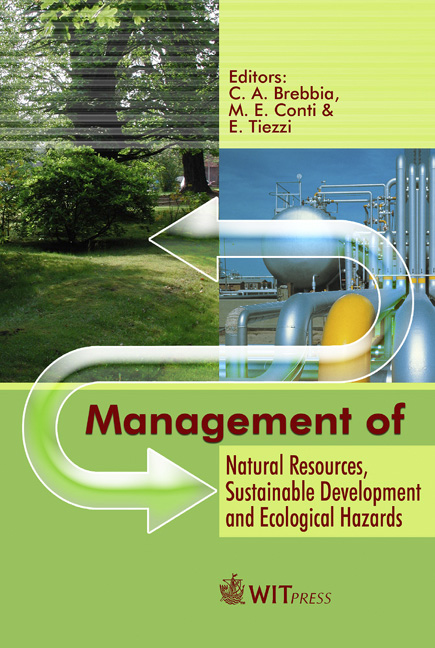Radioactive Contaminated Soil Removal From The Sites Of The Former Azgir Nuclear Test Site
Price
Free (open access)
Transaction
Volume
99
Pages
9
Published
2006
Size
1,405 kb
Paper DOI
10.2495/RAV060701
Copyright
WIT Press
Author(s)
D. G. Gilmanov & E. Z. Akhmetov
Abstract
The research and engineering operations performed to clean and remove radioactive contamination from the Azgir test site improved levels of radiation in and around the site. After the operations, the possibility of contamination of personnel and the local population from radiation doses in the soil that exceed maximal permissible values for radiation were eliminated. Keywords: Azgir nuclear test site, underground nuclear explosions, radionuclides, underground cavities from nuclear explosion, radioactive wastes. 1 Introduction At the present time there are problems as a result of controlled peaceful nuclear explosions in Kazakhstan, which include clean-up activities in the contaminated area where the nuclear explosions were conducted. A considerable amount of time has passed since the explosions were carried out. This report addresses problems such as the removal of contaminated soil from the former AZGIR test site in the west of Kazakhstan. The pilot research was carried out from 1964 to 1979 by means of underground nuclear explosions in the rock salt massifs of an underground cavity used for multifunctional storage near to Azgir in Atyrau oblast (250 km from Caspian Sea and 70 km from the Volga River) at the salt dome of East and West Azgir. Among 39 peaceful underground explosions conducted in Kazakhstan (Table 1, Figure 1) [1], 17 explosions (22 blasting charges with energy release in trinitrotoluol equivalent from 0.01–103kt) were carried out at a depth of 160–1500m at 10 sites of the Azgir test site (Table 2). The total activity of underground cavities is about 106 Ci [2,3].
Keywords
Azgir nuclear test site, underground nuclear explosions, radionuclides, underground cavities from nuclear explosion, radioactive wastes.





